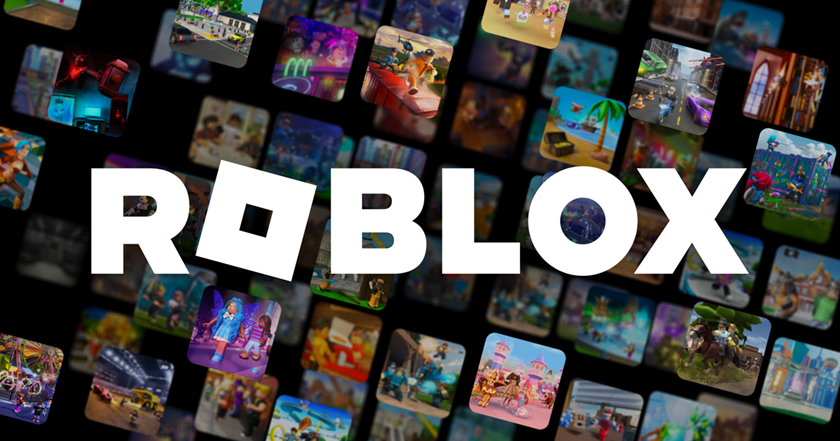Roblox, the popular video-gaming platform, has adjusted its annual bookings forecast, signaling a shift in consumer spending habits amidst economic uncertainty and rising inflation. The company’s shares tumbled nearly 30% in premarket trading Thursday, reflecting investor concerns.
This revision in forecast is part of a broader trend within the gaming industry, which has seen companies implement cost-cutting measures such as layoffs and studio closures in response to weakening demand.
Roblox now anticipates full-year bookings to range between $4 billion and $4.10 billion, down from its earlier projection of $4.14 billion to $4.28 billion. The second-quarter bookings forecast of $870 million to $900 million also fell short of expectations.
Explaining the rationale behind the conservative forecast for the second quarter, Roblox cited the timing of the Easter holiday, which typically drives high engagement on its platform. This year, Easter fell in the first quarter, unlike the previous year when it occurred in the second quarter.
The broader gaming industry is facing challenges related to lower engagement levels, which are projected to limit growth in the PC and console market below pre-pandemic levels through 2026, according to research firm Newzoo. Despite this, Roblox reported a 19% increase in the number of hours spent by gamers aged 13 or older on its platform in the first quarter, albeit the lowest growth rate for the company in about two years.
Roblox is also diversifying its revenue streams by introducing digital ads. The company recently began displaying virtual billboards featuring content from brands like Walmart and Warner Bros Discovery to its platform users. Roblox plans to establish the infrastructure for its ad platform in 2024 and commence providing forecasts for ad revenue in 2025.
Roblox is attracting an increasing number of older gamers, who tend to spend more time on the platform once they become accustomed to it. This demographic shift is expected to contribute to sustained engagement and potentially drive future growth for the company.
(Source: Investor’s Business Daily | Market Watch)









